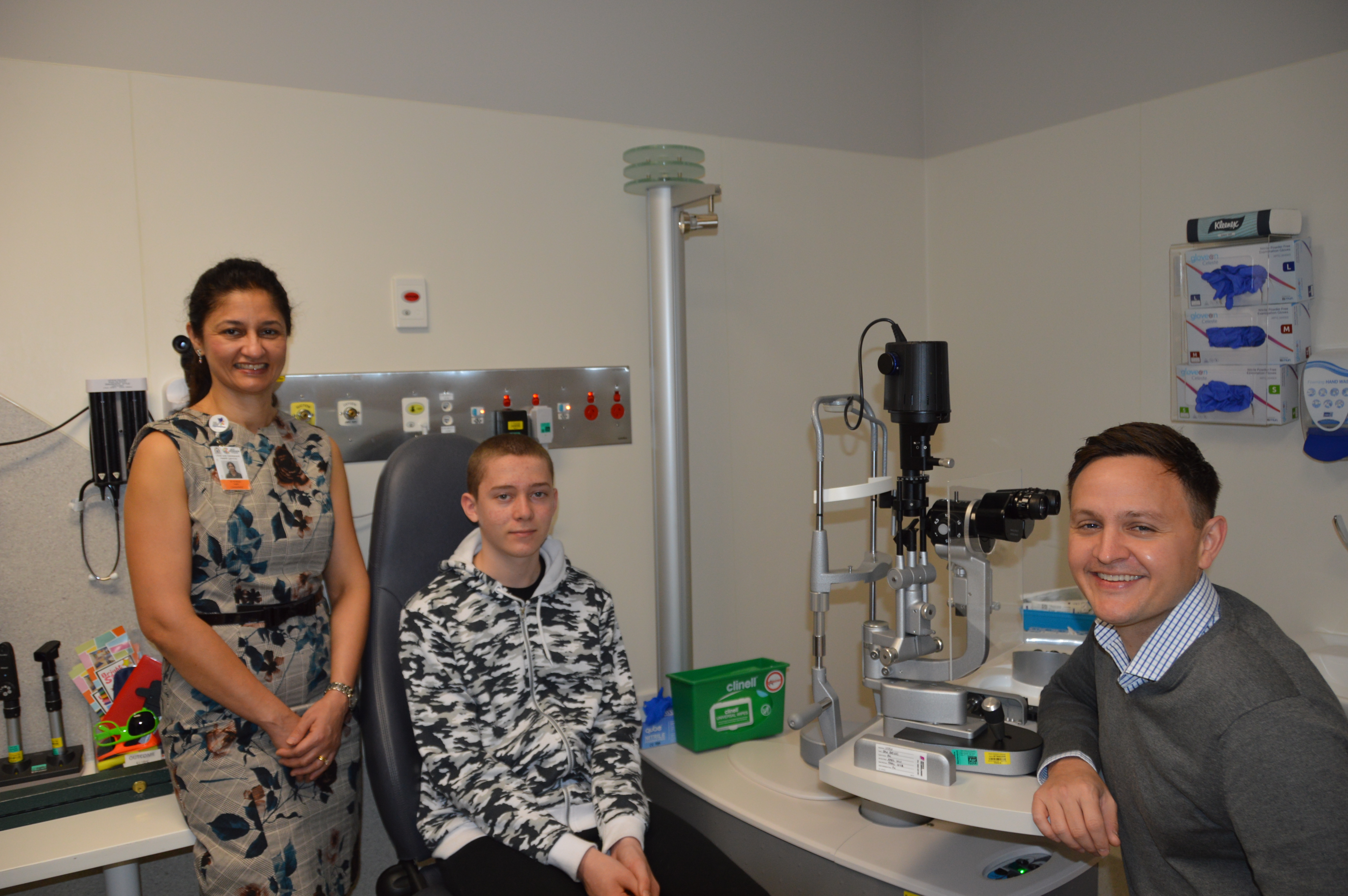Search

News & Events
Advanced hybrid closed-loop technology for young people with T1D.Our researchers are looking for young people with Type 1 diabetes and HbA1c above 8.5%, to see if using an advanced hybrid closed loop system (MiniMed Medtronic™ 780G insulin pump) will improve blood glucose levels and HbA1c.

News & Events
Research participation surveyWe recognise that we can learn a lot from our families. This area of research looks at the reasons why families living with diabetes choose whether or not to participate in research.

News & Events
New Eye ClinicThere's a new children’s clinic to revolutionise diabetic eye treatment here in WA. The clinic is a collaboration between the Lions Eye Institute

News & Events
New study: Low carbohydrate diets in the management of type 1 diabetesWe are looking for parents/carers of young children with type 1 diabetes aged 10yrs or younger to participate in focus groups to share their experiences of how they implement low-carb diets and what benefits they find in managing their child’s diabetes.

News & Events
Who are our mental health and school researchers and what do they do?A new ongoing Q & A series focusing on different research themes within the Children’s Diabetes Centre - focus: mental health and schools teams.

News & Events
Toddlers and diabetesCaring for a child with type 1 diabetes is challenging, and perhaps even more so when the child is a toddler. Mindful of this and considering the unique needs of families caring for very young children with type 1 diabetes, PCH's Diabetes Clinic is currently

News & Events
Face-to-face clinics set to resumeWith COVID-19 currently under control in WA, Perth Children's Hospital's diabetes Service is beginning to plan for a return to best practice face-to-face care in clinics in the coming months.

News & Events
Hospital: Don't keep kids awayDoctors are urging parents not to risk their child becoming seriously ill by avoiding taking them to hospital or a GP surgery because of coronavirus. Story by The West Australian featuring Professor Liz Davis.

News & Events
Welcome Craig!There’s a new face in Perth Children’s Hospital’s diabetes clinic – meet consultant paediatric endocrinologist Dr Craig Taplin! We asked Craig a few questions to help to get to know him better and find out what drew him to Perth.

News & Events
Leeuwin adventure a real hitDuring the school holidays, Diabetes WA supported three young adults to join the Leeuwin Ocean Adventure Youth Explorer Voyage aboard the STS Leeuwin II.
